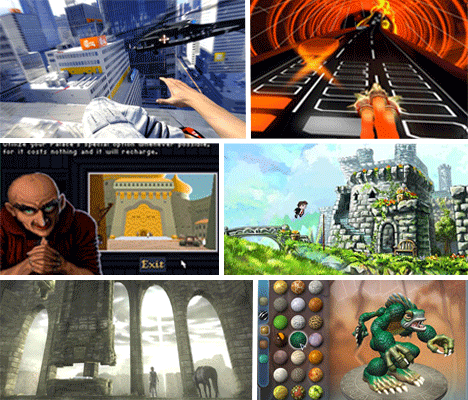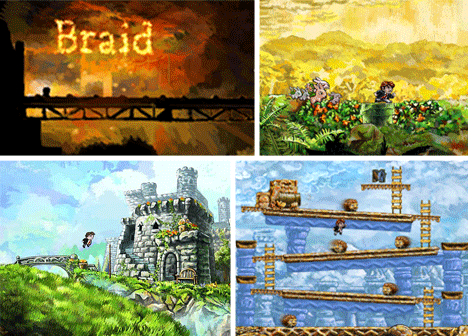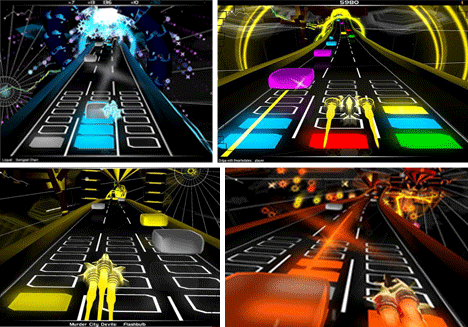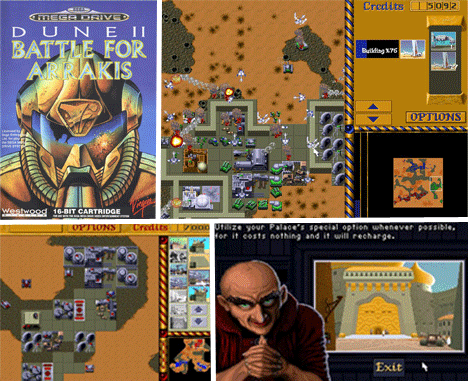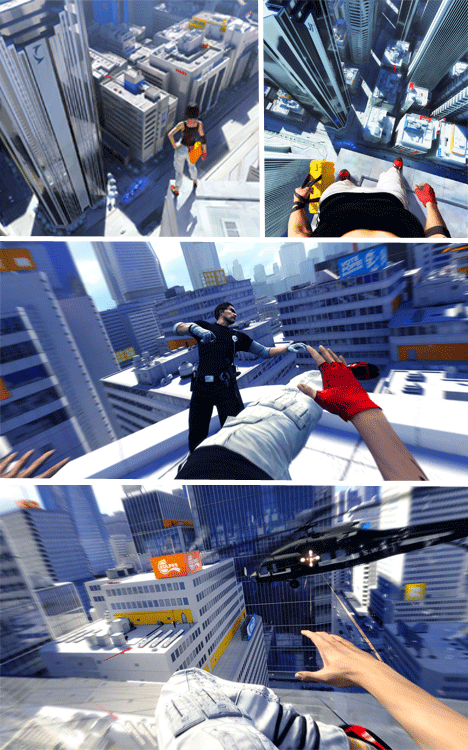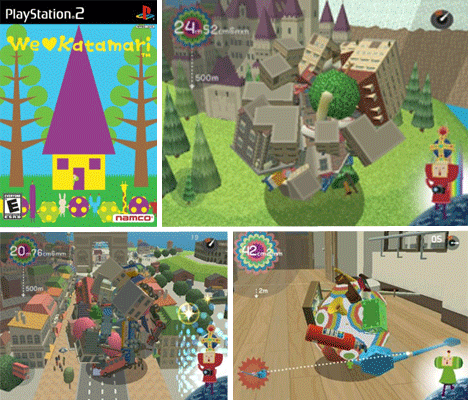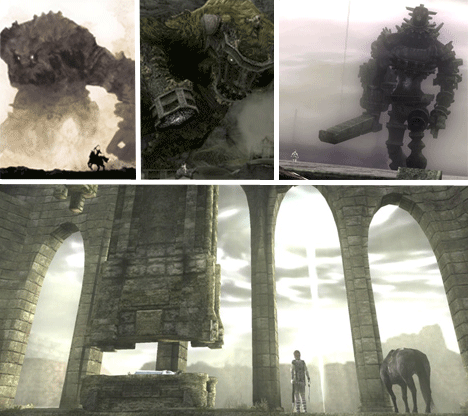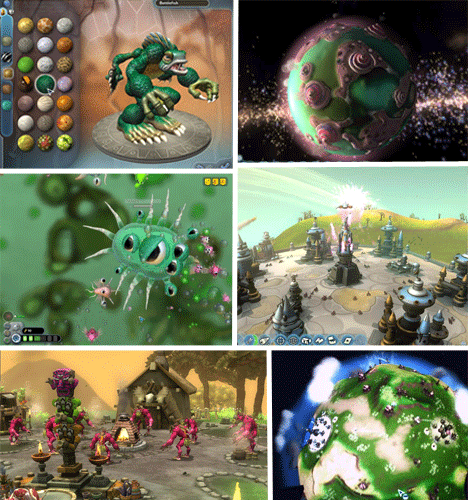Video games have been pushing technology since Pong came out in 1972 and brought the industry into the limelight. Any gamer knows that sheer graphics and technology aren’t everything (the Wii is the perfect example), and that the industry is truly pushed by innovation in terms of interactivity, gameplay, and overall design. Here’s a look at 10 of the most interesting and innovative games that have graced our televisions:
Braid
(Images via ggl wire, bravenewgamer, savetherobot, metagame)
Braid is interesting as an experiment in gameplay. On the surface, the game seems like any side scrolling adventure, until you realize that most of the puzzles and action revolve around the ability to manipulate time. If your character accidentally falls down a hole, you can instantly reverse time and remove him from the situation. You can see several futures at the same time while you’re playing, seeing the potential boons and pitfalls of every potential action. When you add the fact that the backgrounds and characters are beautiful and appear to be hand painted, this game really stands out from the crowd.
Audiosurf
(Images via 4colorrebellion, quaedam, chrisfacezek, kotaku)
Audiosurf is a dynamic racing game that adapts itself to your MP3 collection. Unlike the famous Guitar Hero series, this game does not force you to play a concrete set list, instead it plays your music library, adjusting the racetracks to coincide with the note and tone of the music. This game is basically an interactive audiovisual companion to your favorite tunes.
Dune II: Battle For Arrakis
(Images via vgmuseum, allegro, nokiamobiletalk, webdesignerdepot)
Dune II is famous as the forerunner of the real time strategy game. Its gameplay contained features that continue to be a staple for every game in the genre: for example, the creation of bases to gather resources, defend against attack, and produce new units for your army. The ability to choose which group you’d like to lead (each with different strategic advantages and disadvantages), provides an additional facet to gameplay that hadn’t been fully fleshed out before. Each of these features was a plus, but putting them all together into one game created a legend.
Mirror’s Edge
(Images via gamespot, thehobbyshophero, maxontreik, gameslave)
Mirror’s Edge is famous for its crystal clear graphics and first person perspective. The control of your character is incredibly realistic, and the feedback makes you feel like you’re in the game, and the greatest parkour master of all time. Most of the game revolves around traveling throughout the city by leaping from building to building, and crossing narrow bridges, but the fast pace keeps you on the edge of your seat.
Fable
(Images via unlimitedgamer, softpedia, xbox-360den, gamespot)
Fable took place in a rich three dimensional world in which you were able to roam freely and choose when and where you’d like to start your various adventures, but what truly set it apart was the fact that the decisions you made would affect both how characters would react to your actions, but would also change your appearance and skills. The dynamic nature of the game, and feedback to your actions, made the gameplay incredibly varied and fun to replay… as both a hero and a villain.
Facade
(Images via gamedev, cbc, nerdyheartbeat, gamasutra)
Facade is more of an experiment in artificial intelligence than your typical commercial production. In this game, you find yourself in the sparsely furnished apartment of two characters having relationship issues, and you attempt to help them resolve their problems via your typed reactions to them and their situation. At times the interaction is surreal, as the characters are able to respond appropriately and realistically to your dialogue, but sometimes their reaction isn’t nearly as realistic (or it’s entirely off-base). Regardless of the consistency of the gameplay, the innovative nature of the game opens a door that most game designers hadn’t even known was there.
We Love Katamari
(Images via pwned, armchairempire, gamespot, itreviews)
We Love Katamari is notable for its simplicity: the entire purpose is to roll around gathering as many items as possible within the time allotted. The gameplay is as simple as can be, and surprisingly addictive. Basically anything you touch sticks to you and affects how you roll in terms of which side you’re pulled towards, how quickly you can get going, and how hard it is to stop. There isn’t an incredible amount of skill involved, though playing for a little while definitely improves your game.
The Sims
(Images via angelica686, webdesignerdepot, kotaku, 4ever7)
The Sims was a revolutionary step forward by one of the most esteemed game creators, Will Wright. At the time, it was the culmination of the entire popular Sim series, a chain of successful simulation games that include the famous Sim City franchise, the less well known Sim Farm and Sim Ant. The most interesting aspect of this game was the lack of a concrete goal. The entire game consisted of directing the daily life and career of a family of characters, and handling the purchase and design of their home.
Shadow of the Colossus
(Images via gametrailers, dobbsmethod, personalgaming, vancityguy)
Shadow of the Colossus has a unique premise: in a land full of giants, you are a normal sized man who is tasked with bringing down your gargantuan enemies. The game has an absorbing atmosphere that lends an airy, dreamlike quality to the setting, and seeing a giant lurch out of the fog is amazing. It’s even more amazing to take the giant on, and use the incredibly intuitive controls to bring it to the ground.
Spore
(Images via encefalus, digitalbattle, pastemagazine, jhard713, emol, endsights)
Spore makes the Sims look like a stepping stone, as it takes the entire simulation genre to an extreme. Starting from a two dimensional landscape with a birds eye view, you’re tasked with bringing a single celled organism through every step of the evolutionary process (including designing its form and function) until you have a tribe, and then a city, and eventually, a planet full of your creations. The scale of the game is impressive, but so is the functionality, as the game actually populates your land with other people’s creations that fit well with the balance of your ecosystem. It’s impressive as a single player sandbox, but also with how it manages to integrate the wider scope of the gaming network.
